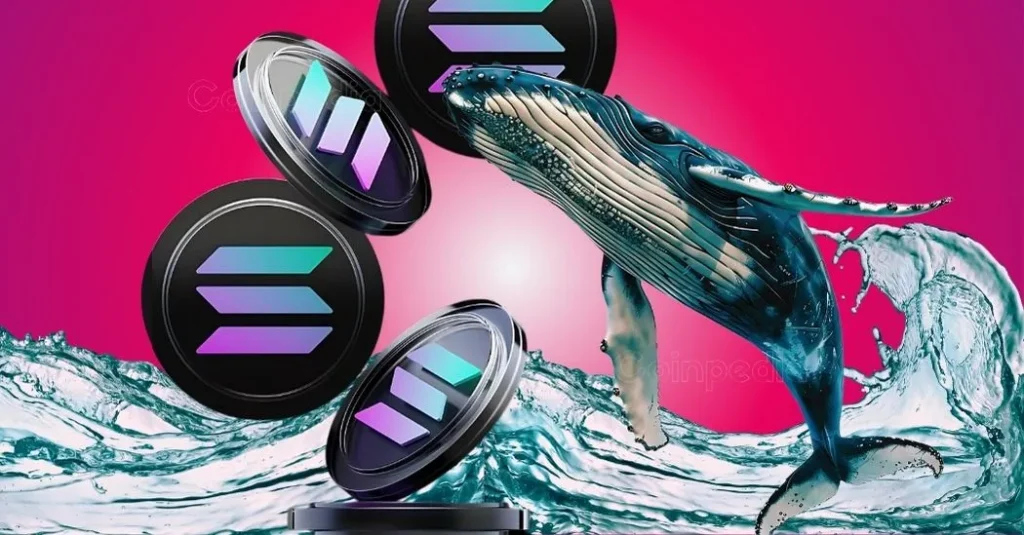
In the wake of the ongoing carnage in the cryptocurrency market, most cryptos have seen their prices fall to half or less. It is a paradox of the cryptocurrency market that bearish cycles are periods of innovation and that only the most resilient tokens advance.
Speaking of innovation, Ankr (ANKR), the fastest-growing Web3 infrastructure provider, has optimised Binance Smart Chain (BSC) and increased the performance of the BNB Smart Chain throughout its ecosystem of dApps, games, and governance platforms.
According to the official release, Ankr has added several open-source speed enhancements that have substantially enhanced the BSC’s capabilities.
These enhancements include a 10x increase in RPC request throughput, a 75% decrease in storage needs, a 100x quicker sync process, and a new architecture for extending the blockchain’s operations via application-specific sidechains.
Commenting on the network upgrades and its collaboration with Ankr, Samy Karim, BNB Chain’s Ecosystem Coordinator, said that:
“Ankr is a key infrastructure provider for the BNB Chain ecosystem — their contributions and expertise were critical in implementing upgrades to the BNB Chain with the Erigon client, rewriting Archive Node infrastructure, and creating a framework for BNB Application Sidechains. This allows the BNB Chain ecosystem to remain competitive and offer both users and builders the latest benefits.”
Given that the BSC is the second-largest blockchain platform by market capitalisation after Ethereum (ETH), subsequent BSC network enhancements may pose various obstacles to Ethereum’s supremacy.
How Ankr streamlined BSC’s operations?
Being the primary RPC provider for the BNB Smart Chain and one of its 21 validators, Ankr identified the inefficiencies inside the BNB Smart Chain via its own operations.
Since BSC is one of the most popular options for dApps and games because of its high throughput and cheap fees, this caused the chain to become laggy as it battled with server constraints. After recognising these issues, Ankr designed a multifaceted plan to boost the BNB Chain’s capacity:
Erigon performance upgrade
Initially, Ankr’s technical team deployed the Erigon client update to significantly decrease storage capacity, scalability difficulties, and sync time needs. The bulk of the ecosystem, from Chainstack to Covalent, uses the Erigon client as one of the most popular options.
BNB Application Sidechain (BAS)
Ankr offered a multi-chain scaling solution for BNB Application Sidechain (BAS) that was robust enough to support advanced use cases such as GameFi and other solutions.
Ankr upgraded the consensus layer of the BSC to allow staking for the native tokens of new side chains while keeping its full EVM functionality. This update enables projects to successfully establish their own chains with their own native ERC-20 or BEP-20 tokens.
Liquid staking
Ankr further helped the BNB Chain ecosystem by introducing the first BNB Liquid Staking solution, adding DeFi compatibility to staked BNB.
This open-source solution permits integration with all BNB DeFi systems and increases the TVL and DeFi payouts across the BNB ecosystem.
Ankr’s rising dominance
Since its inception five years ago, Ankr has come a long way and now provides important technical support and infrastructure to prominent blockchains such as BSC.
With enterprise-grade nodes run by Ankr and its independent node suppliers throughout the globe, Ankr provides Web3’s global user base with a more dependable, low-latency, and efficient experience regardless of their location.
This indicates that Ankr Protocol is well-equipped to manage growing traffic as projects develop and need more infrastructure to support their expansion.
As the web3 age progresses and traffic and use-cases expand, platforms like Ankr might be the torchbearers of this decentralised revolution.
The post How the iconic Duo of Ankr and Binance Smart Chain can entirely disrupt the web3 space? appeared first on Invezz.















 English (US) ·
English (US) ·